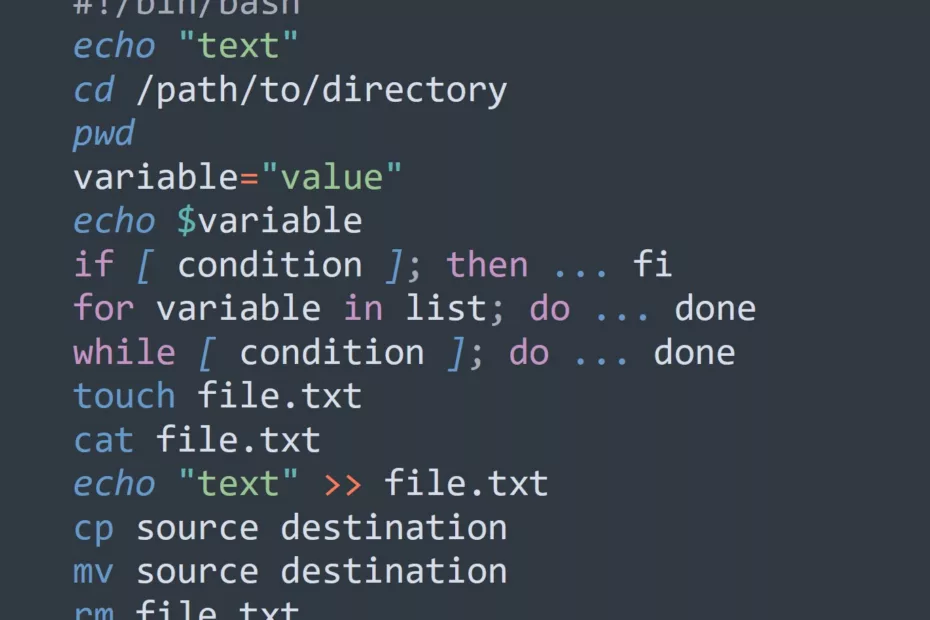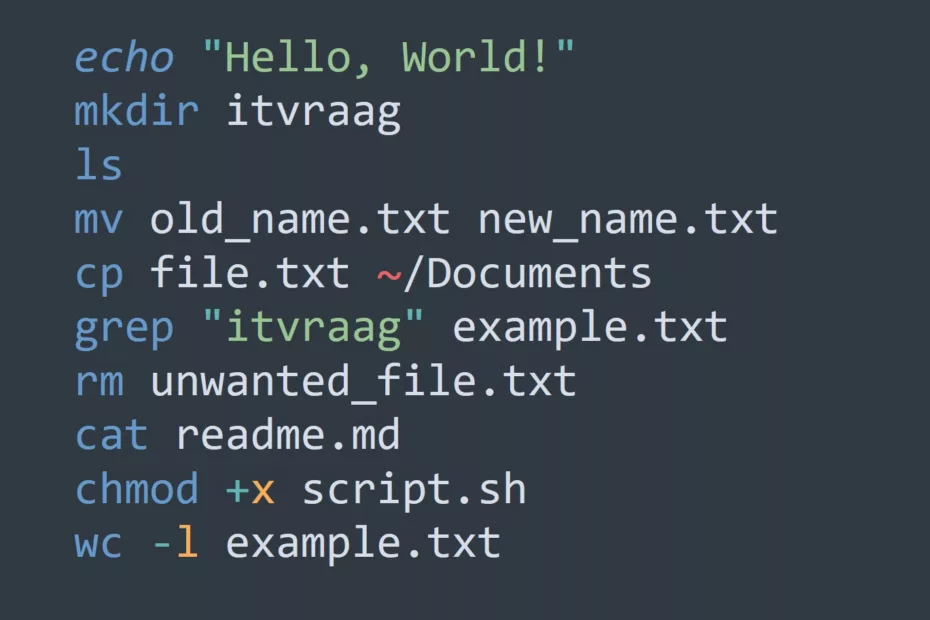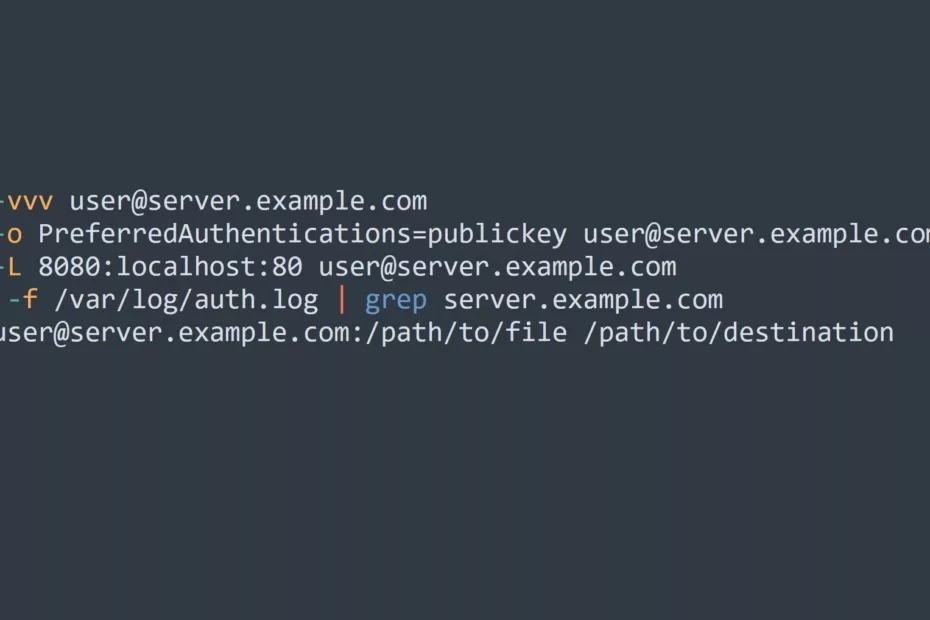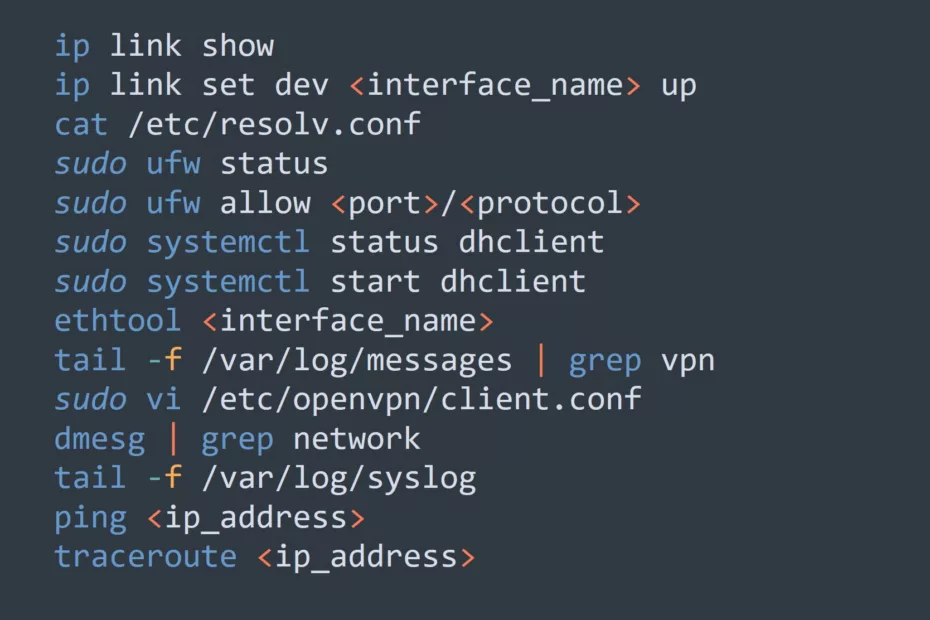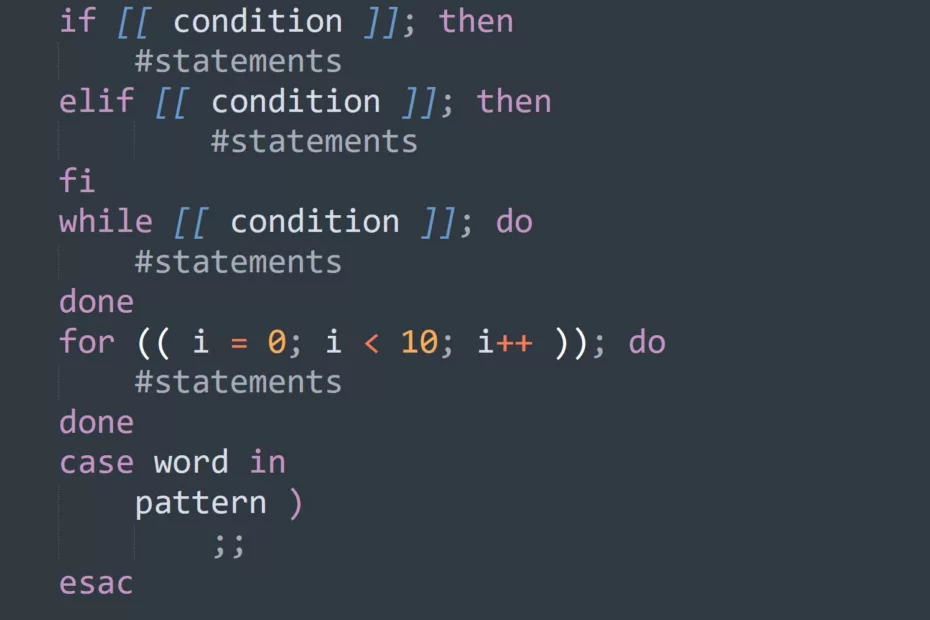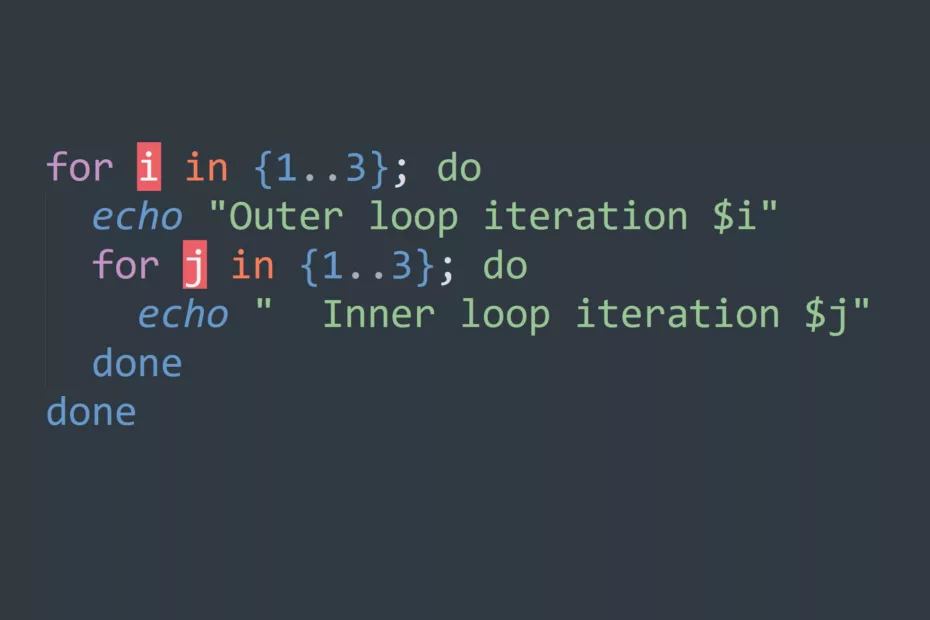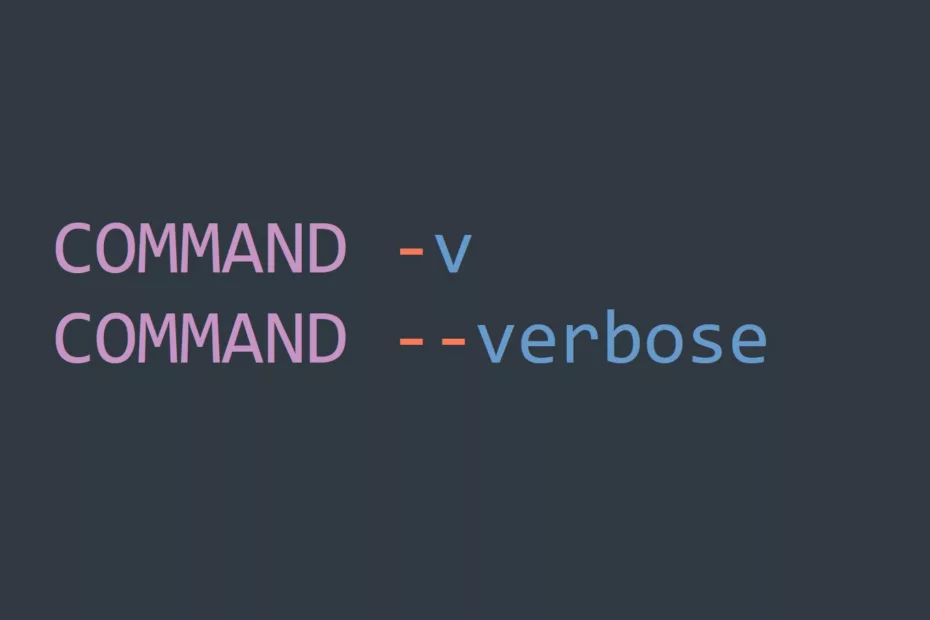Keep Your Network Running Smoothly: Avoid These Common Troubleshooting Pitfalls on Linux Systems!
Imagine you’re in charge of managing a Linux network and suddenly, you encounter a network issue. Your heart begins to race as you try to figure out the cause of the problem. You start to troubleshoot, making changes here and there, but suddenly, everything goes haywire! All your efforts have… Read More »Keep Your Network Running Smoothly: Avoid These Common Troubleshooting Pitfalls on Linux Systems!


